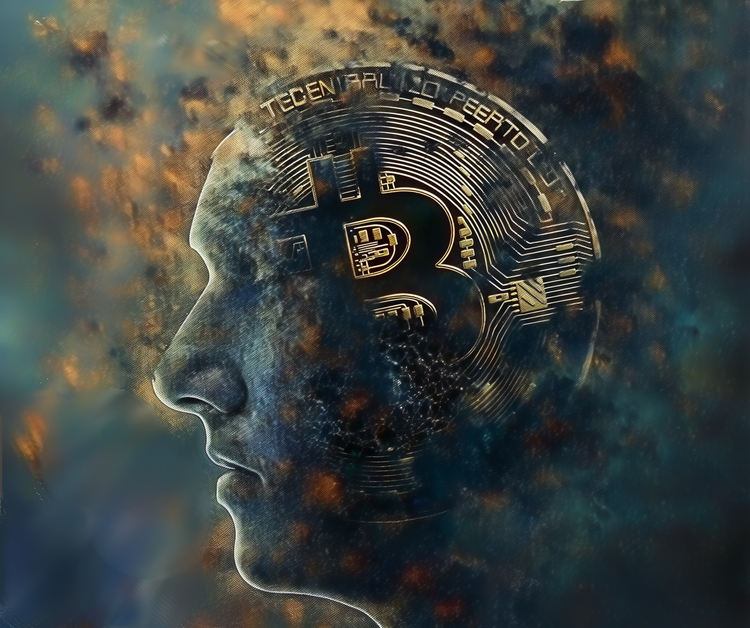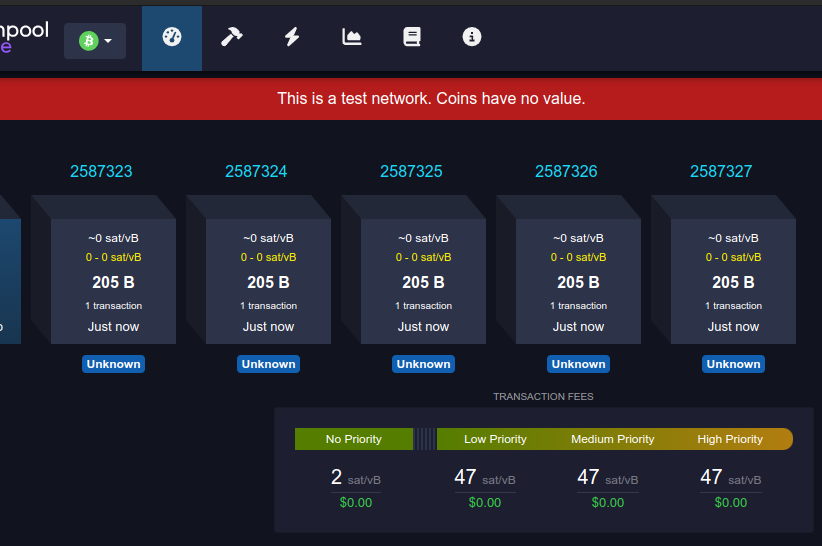Crypto's Kryptonite: Complexity

Like other financial markets, bitcoin and other cryptocurrencies have seen their value plunge so far this year. A handful of projects like Terra have imploded before our very eyes. This sequence of events has led many investors and onlookers to question if there is a viable future for the asset class that was so bullish just a year ago.
The pandemic brought an influx of new investors into bitcoin and other assets, many of whom lost big this summer. Few fully understand the risks, perhaps because of naiveté, but also due to the increasingly complex crypto ecosystem making it harder to evaluate risks.
The warning signs were there for those of us who have been around for more than one market cycle. The reality is that each project is its own unique animal, and not all of them are built to withstand the myriad of threats that lie ahead. While it will take some time for sentiment to recover, it’s premature to dunk on bitcoin and the like right now. There may still be some potential to be found out there. In the meantime, there are several red flags to watch out for when vetting other projects.
Experiments, Pipe Dreams, and Scams, Oh My!
When Bitcoin began in 2009, it was in a league of its own. Since then, it has emerged as a store of value and censorship-resistant network with a market cap that has exceeded one trillion dollars. Even with the recent crash, I believe Bitcoin’s potential remains as bright as ever. I can’t say the same for all of the projects that followed.
Today, there are more than 20,000 cryptocurrencies, digital assets, tokens and projects all promising to be the future of finance. Each takes some elements of Bitcoin’s design – blockchain, decentralization, economics, mining, cryptography – and alters them to fulfill some other use case. As a technologist, I appreciate the experimentation that takes place in crypto. I’m less interested in the hype.
New projects are always risky, regardless of if the people behind them are well-intentioned. Deadcoins.com tracks projects that have folded and currently lists over 1,700 in its catalog. Remember that half of all startup businesses fail within 5 years; it’s not surprising that we see even higher failure rates in this cutting edge technology sector. Many projects will be unrealistically optimistic, but the only way to test if an idea works is to try to build it and see what happens.
Looking at the bigger picture of risks, a 2018 report by Satis Group concluded that 80% of ICO projects launched in 2017 were outright scams, while 7% had failed and about only 10% looked promising for long-term success.
When people get interested in cryptocurrency, they often feel like they missed the boat and are thus compelled to find “the next bitcoin.” Entrepreneurs quickly wised up to that fact and began issuing altcoins and tokens with little more than a poorly-written whitepaper. This has created a vicious cycle of pump-and-dump scams that do not reflect the hard work of many of us in the industry.
bitcoin vs "the next bitcoin" pic.twitter.com/uGQ5n0n7cb
— Jameson Lopp (@lopp) July 3, 2022
If you’ve been the victim of one of these schemes, I suggest using this bear market as a time to reflect and learn about the underlying technology and its merits, beginning with Bitcoin. Bitcoin has a proven track record, but I also believe that the market will continue to hone in on other valuable use cases as a result of the many attempts (and failures) at powering innovation with cryptographically secured protocols.
The Siren Song of Centralization
A large part of engineering is about managing tradeoffs, like the need for convenience, speed, and security. Bitcoin was designed as a decentralized network that processes blocks of transactions every 10 minutes, give or take.
Over the years, many parties have sought to improve upon this design in various ways. Some have tried to increase the number of transactions in every block. Others went after faster transactions. A number of projects have tried to plug other data from the real world into a blockchain to create sophisticated markets like derivatives.
These efforts have struggled to overtake Bitcoin as the dominant store of value because they usually introduce some form of centralization. Centralization is highly efficient, but it undermines your efforts if your goal is to democratize finance and empower individuals.
Centralization hurts projects because it tends to corrupt incentives for their respective communities. For instance, a project might make it hard for everyday users to run a node and participate in the network, or they could create an inner circle of validators to gatekeep transactions. If a validator is curating data to feed into a blockchain, it could be a single point of failure through bribery, collusion or outright attack.
Bitcoin’s success has been predicated on its decentralization. Users can participate in the network without having to trust each other. They only have to trust the network protocol rules, which they can verify with whatever software they choose. This decentralization is why bitcoin has grown as a form of money.
Too Complex to Complete
Complexity is the enemy of security. The more moving parts you add to a system, the more potential points of failure. It doesn’t necessarily do a lot of good to create a magical smart contract platform if you can’t prevent abuse or denial of service. Sometimes impressive whitepapers fail to translate into effective projects. The perfect can be the enemy of the good.
According to SlowMist, the most common forms of loss after scams are flash loans, congestion attacks, and contract vulnerabilities. All of these are a result of systems that have created fragility due to their complexity. It is more challenging for developers to write robust code when the total number of possible interactions users can have with the code increases exponentially.
Discipline is underappreciated in technology. It’s hard to create a system that works as well as Bitcoin. It’s designed to do one thing and only one thing well: be sound money.
A grandiose vision needs grandiose implementation, and that’s hard to provide in a decentralized fashion. Building an open, permissionless network is the equivalent of building a plane while you’re flying it, and developers have to be careful to not tilt economic incentives in the wrong direction. Each step in building something needs to be checked for stability and security from both internal and external threats.
Furthermore, complexity increases risk for users. Plenty of private keys have been lost due to user error. At Casa we strive to find ways to accommodate users from all walks of life. We've found that simplicity is king and usability is a major factor for security.
Bitcoin is changing the world as a tool for individual empowerment. As for crypto, the unknowns grow with each new project. The space has exploded to the point that no individual can vet the technical nuances of every project, so it’s reasonable to maintain some curiosity along with a healthy dose of skepticism. As you venture into the cryptoverse, strive to balance optimism with realism and you’ll be on your way to finding vires in numeris (strength in numbers).




